When Eating is Out of Order

Orthorexia Nervosa… Have you heard of it? Have you been touched by this or by other eating disorders? The sad reality of modern life is that most women know someone closely who has been touched by an eating disorder of some type. The difference between the more familiar Anorexia and Bulimia and the proposed “Orthorexia” is in the focus on the healthfulness rather than the quantities of foods. Mental illness of some type will touch each of us during our time on the planet. The good news is that we are more and more open to learning and invisible illnesses are less stigmatized than they used to be.
The bad news is that through a combination of denial, marketing and miseducation mental illness has become one more way to sell drugs, to disconnect from one another and to evade root cause health care. Orthorexia Nervosa is still under pretty hot debate and may or may not be a “real” eating disorder but the media has certainly glommed onto it and is using it as an excuse for each of us to go out and eat cheeseburgers. What a terrible disservice to those of us that actually need help let alone those of us who are dealing with chronic health challenges which are so interconnected with mental and emotional symptoms.
Good old Wikipedia defines Orthorexia Nervosa as “a proposed eating disorder or mental disorder characterized by an extreme or excessive preoccupation with avoiding foods perceived to be unhealthy.” I have seen people in situations that could fit this profile regardless of what they were eating. Raw vegan, paleo, “moderation”, high carb, low carb, standard American, it doesn’t matter. Hyper-vigilance can get in the way of leading a normal life. IF this is a real disorder it is my belief that it can not be assessed by looking at what a person chooses to eat and not to eat. In other words just because someone is on a fruitarian or a low carb or a gluten free/dairy free/nut free/sodium free/egg free/meat free/you get the point diet… it doesn’t mean they have a mental illness.
We may all operate on a continuum between health and disorder in many aspects of our lives. I personally believe that when eating is OUT of order it becomes a DISorder. When is eating out of order? When is eating IN order? Eating is IN order when the foods that we eat nourish us, meet our basic needs, allow us to participate in physical activity without injury and allow us to grow and develop, learn, and adapt to new situations. Eating is out of order when it does not meet those requirements. Eating is out of order when it interferes with us having healthy lives including work, relationships, family and interpersonal reflection. Eating is out of order psychologically when it does not meet those requirements AND the focus on food interferes with relationships, employment, safety or emotional/physical health.
Unhealthy eating might interfere with relationships when a person chooses to stay home rather than attend any family functions or events with friends because they do not want to face the obstacle of eating in these situations. This IS NOT when you go to the family dinner and you choose not to eat the things with dairy and your great Aunt gets her feelings hurt because you don’t eat her potato salad. Sorry. Not an eating disorder. Just a nice lady who thinks you’re weird. And you having boundaries about how you treat your body.
Unhealthy eating might interfere with employment when a person eats too little, gets light headed and cannot complete tasks or when their diet makes them ill and they cannot meet their commitment to show up on time or when they decide every day to walk 10 miles at lunch to buy a juice and it makes them late every afternoon and they get fired. This IS NOT when you bring cauliflower tabouli to work or even out to lunch and your co-workers think you’re weird. That’s just a bunch of people who think cauliflower tabouli is weird. Again not an eating disorder. You get the picture. When people think you eat weird or even if they accuse you of your diet being a religion or use other defensive or aggressive language this does not mean you have an eating disorder.
Eating disorders are often present when food becomes more than food in some way or when the focus on the food or lack thereof becomes an obsession. For example when the avoidance of eating consumes a person to the point where they withdraw from social events and succumb to illness then the avoidance of food has become so important that it has taken over their lives. Another example is that when food is used as a reward or punishment is has become more than what it should be. I had a babysitter once who ate an entire year’s worth of my son’s halloween candy in one evening. Good for us because we couldn’t figure out what to do with a bag of candy but honestly bad for her. She was obviously not eating this huge bag of candy to nourish herself within reason. I implore you to look into getting help (WE ALL NEED HELP) when food or the lack of food reduces rather than enhances your quality of life.

As we continue to ask questions, push the boundaries and take our knowledge of how to feed ourselves and extract nutrients from the environment further we will continue to be on the fringes of society and what they are eating. It is going to be very important for each of us to assess when our eating is unhealthy or when our eating is just different from what other people are eating. Diagnosing someone as having Orthorexia Nervosa because they are on a special diet is no different than thinking someone is bulimic because they are thin. Being thin is not a disorder and neither is eating kale.
My problem with the media surrounding this issue is this: They seem to think that in order to “resolve” this disorder (if indeed it makes sense to call it a disorder) one must adhere to a strict diet of moderation/normal. One must, in a sense, lighten up. The issue is not in the kale but in the consumer. The issue is mental health, not the food in and of itself. We must focus on that. And we must support each other. What might cause undue stress for one may cause none for someone else. It’s an inside job. I can eat kale all day and it doesn’t stress me out. I don’t think about kale constantly, just when I am hungry. What about you?
Food is nutritional and certainly enjoyable in the moment and no more or less than that. The moment of enjoyment should not be prioritized over the health of a lifetime. That is an imbalance that can border on self-abuse. I’m not stressed bringing my own salad to the party or making a dip at someone’s house for my cucumbers. That doesn’t stress me out and moreover it doesn’t interfere with my relationships, my work or my emotional well being. Discomfort in my relationships around my choices resolves from poor communication rather than from how I choose to treat myself and how I am developing strong boundaries around my self care. Eating disorders must be resolved by looking at the root cause, not by looking at how food is being viewed (the symptom). Root causes of mental illness are varied and complex and require the help of professionals. They can not be resolved by a trip to McDonalds.
Read more

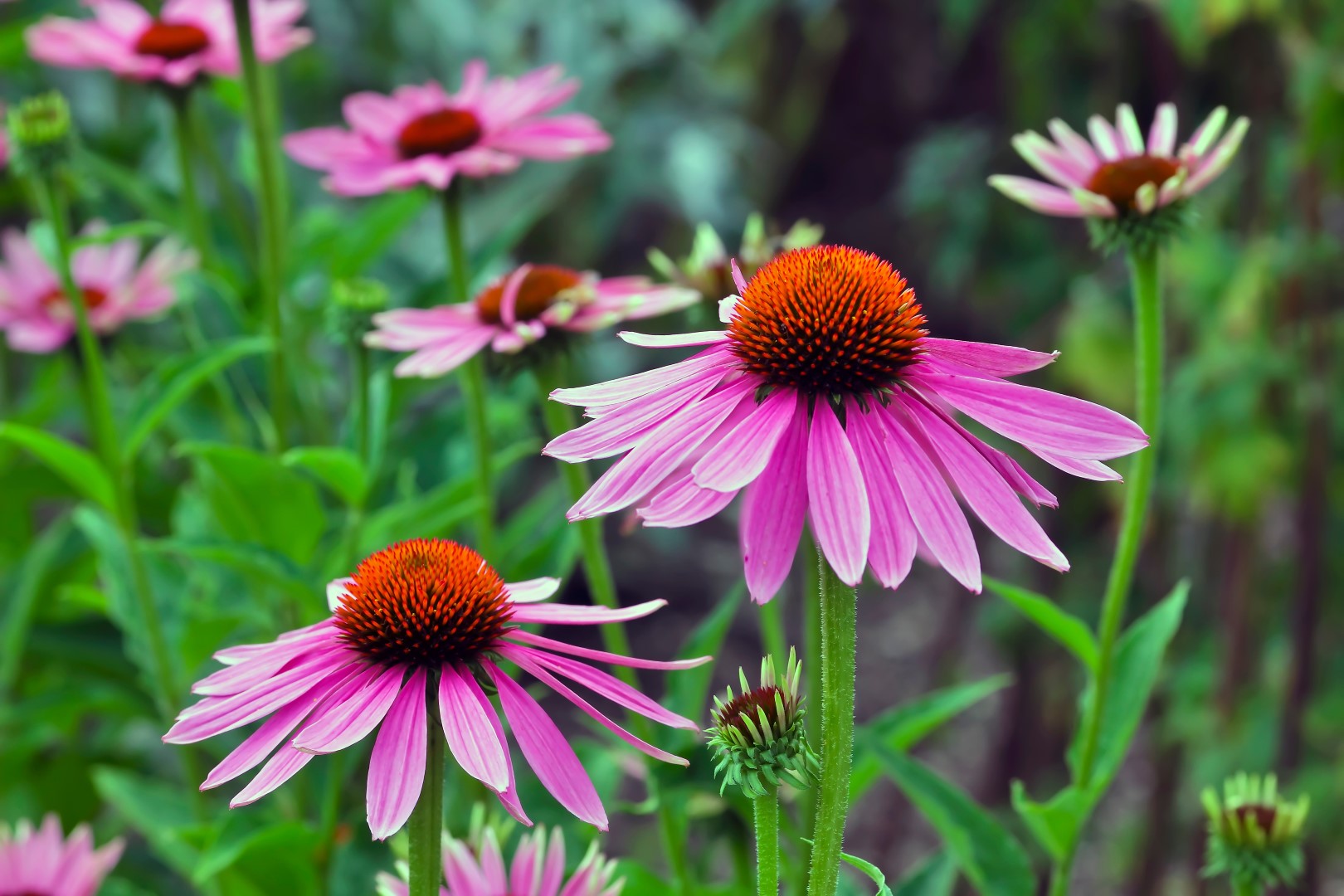 Echinacea has become the icon of “alternative” cold and flu management. It really is a stunningly beautiful and powerful flower. Having a passion for edible flowers and for herbal medicine I have long been fascinated by echinacea. I am fortunate that in my neighbourhood it is very popular to grow echinacea and it is possible to see the two most popular types growing nearby. Of course our cold/flu remedies are made from the root of the plant. Wild echinacea has been severely reduced and is in danger because of wildcrafting for medicine. I try to make sure to take the herb when it is suited and not abuse it. There are times when echinacea can be very effective but it does tend to be overused or misused so may be better replaced by a more appropriate or specific herb. Here are some situations where echinacea can be particularly effective and some where I don’t bother.
Echinacea has become the icon of “alternative” cold and flu management. It really is a stunningly beautiful and powerful flower. Having a passion for edible flowers and for herbal medicine I have long been fascinated by echinacea. I am fortunate that in my neighbourhood it is very popular to grow echinacea and it is possible to see the two most popular types growing nearby. Of course our cold/flu remedies are made from the root of the plant. Wild echinacea has been severely reduced and is in danger because of wildcrafting for medicine. I try to make sure to take the herb when it is suited and not abuse it. There are times when echinacea can be very effective but it does tend to be overused or misused so may be better replaced by a more appropriate or specific herb. Here are some situations where echinacea can be particularly effective and some where I don’t bother.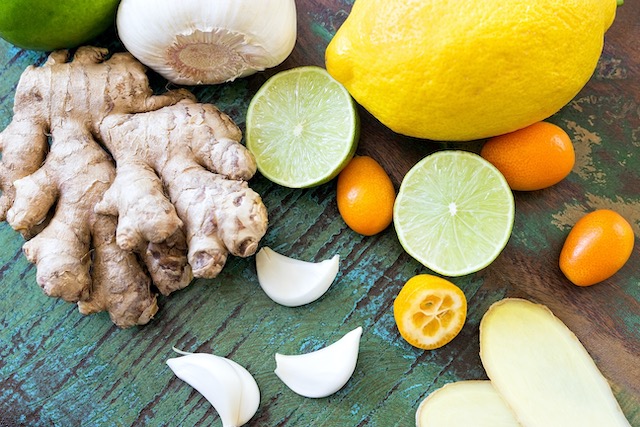

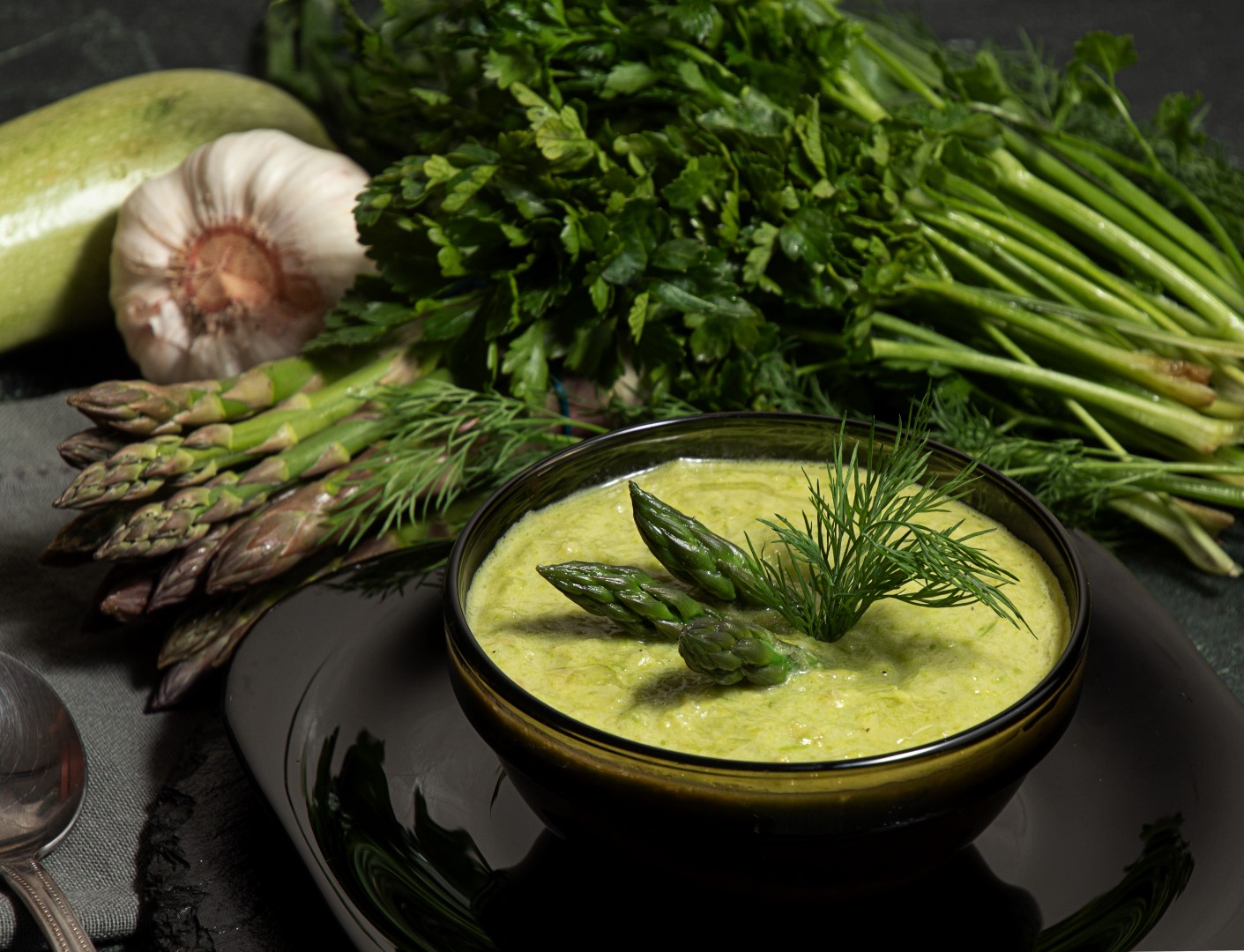
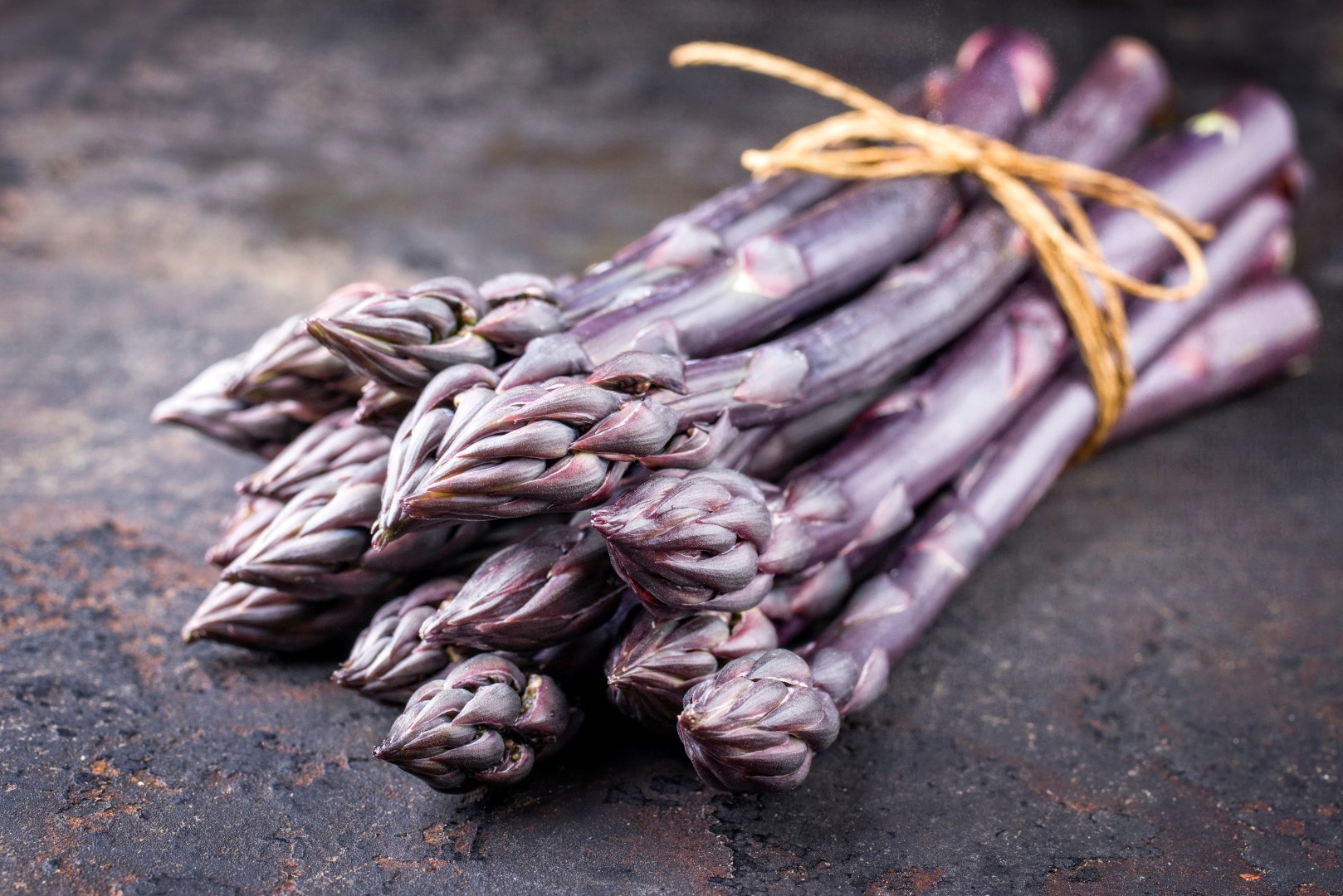
 When we started our non-dairy yogurt company we wanted to have close to zero water waste in our production, all organic non-GMO ingredients, totally compostable packaging and high enough wages for our partners and staff that they could afford to eat organic foods themselves. Sound a little idyllic? Yes well I’ve always been more interested in saving the world than in actually making yogurt it’s no secret…
When we started our non-dairy yogurt company we wanted to have close to zero water waste in our production, all organic non-GMO ingredients, totally compostable packaging and high enough wages for our partners and staff that they could afford to eat organic foods themselves. Sound a little idyllic? Yes well I’ve always been more interested in saving the world than in actually making yogurt it’s no secret…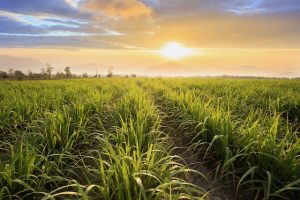 that. We are on the verge of a breakthrough. Hopefully when we are ready to hire someone we will be able to hold to this standard because it is so important to us that people who are working to create beautiful healthy products end up with an appropriate living wage so that they can actually afford the quality of life promoted by the company that they work for.
that. We are on the verge of a breakthrough. Hopefully when we are ready to hire someone we will be able to hold to this standard because it is so important to us that people who are working to create beautiful healthy products end up with an appropriate living wage so that they can actually afford the quality of life promoted by the company that they work for.




